A macabre memorial to fallen birds
A Baltimore photographer tries to save the birds she loves with a touching, if grim, exhibition
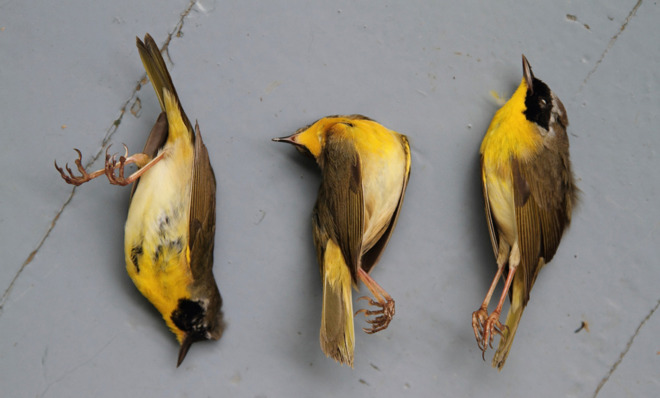
Photographer Lynne Parks loves birds. As a member of the Baltimore Bird Club, a chapter of the Maryland Ornithological Society, the 46 year old has learned about the nearly 266 species of birds found in her city, from the majestic Bald Eagle to the squawking Red-Throated Loon.
While Parks walked the streets of her hometown observing these creatures, she also encountered a more disturbing side of birds' urban life: fatalities from collisions with buildings. Across North America, somewhere between 100 million and one billion birds are killed annually by striking the glass facades of these sky-scraping structures.
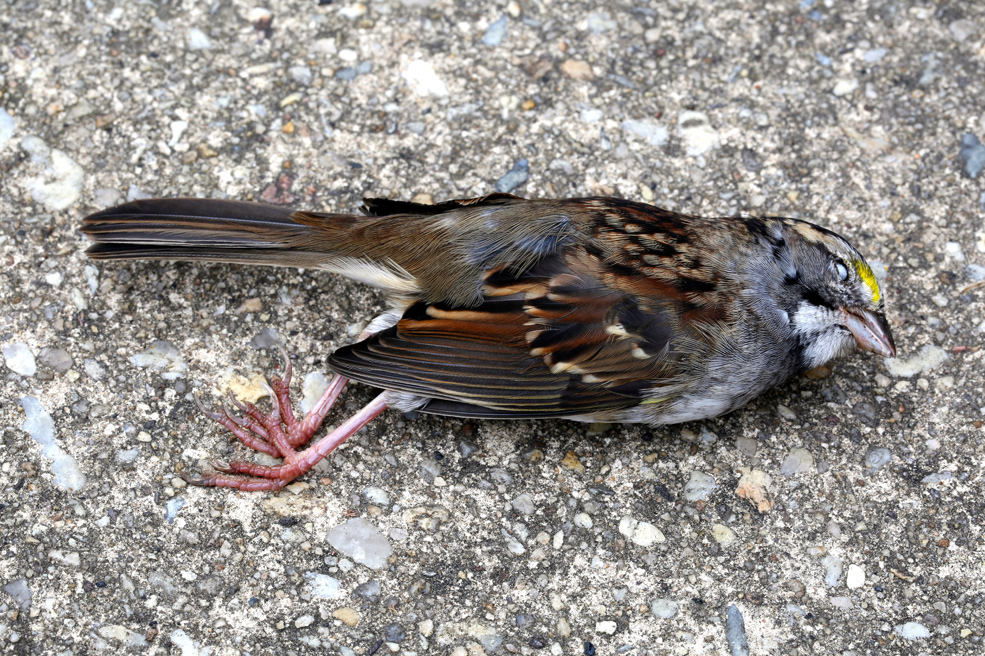
Some migratory birds take flight in the evening, guiding themselves by the stars. However, nighttime lights shining from tall buildings and skyscrapers disorient them.
The Week
Escape your echo chamber. Get the facts behind the news, plus analysis from multiple perspectives.

Sign up for The Week's Free Newsletters
From our morning news briefing to a weekly Good News Newsletter, get the best of The Week delivered directly to your inbox.
From our morning news briefing to a weekly Good News Newsletter, get the best of The Week delivered directly to your inbox.
The birds are drawn to the artificial light, but can become confused by the reflective surface and collide. Others that manage to avoid the glass may continue to fly around disoriented until they fall with exhaustion.
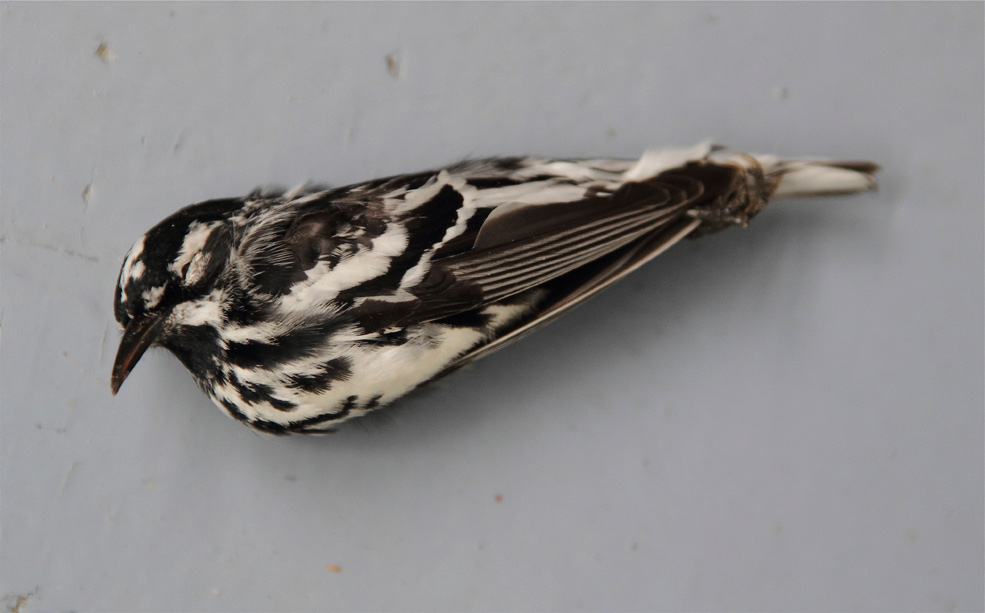
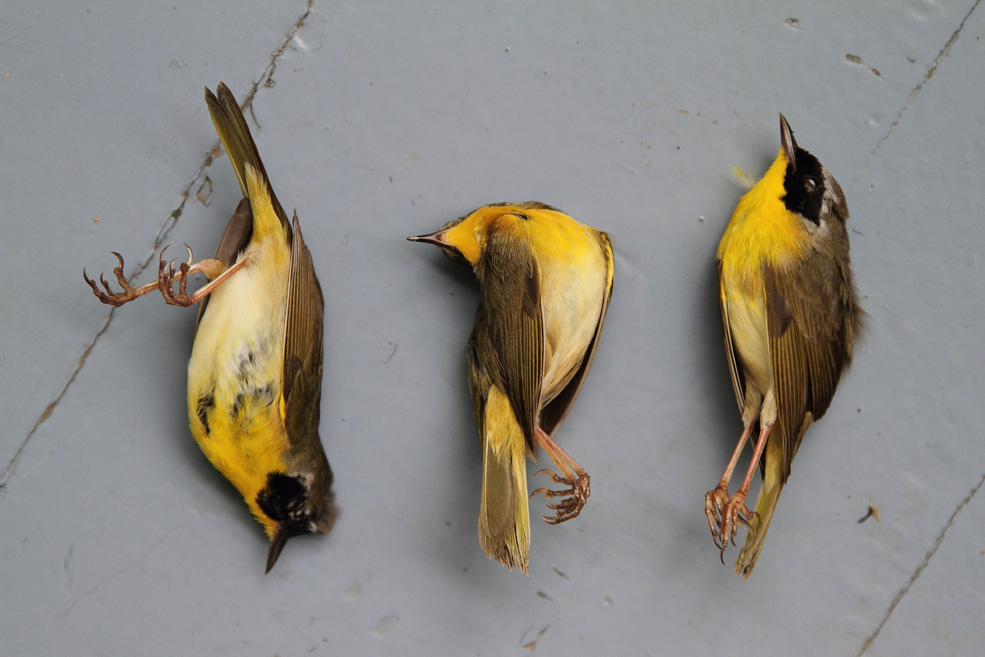
Parks has since joined a volunteer group called Lights out Baltimore that advocates for shutting down decorative lights during peak migratory hours and designing buildings that make glass visible to birds.
In the spring and fall migratory seasons, Parks and other Lights out Baltimore volunteers walk a three-mile loop during the pre-dawn hours around the city's center collecting fallen birds. The stunned or injured ones go to a nearby wildlife facility and the dead ones are placed in Ziploc bags and stored in freezers until the end of the season.
The dead birds are eventually sent to the Smithsonian Institute where they are cataloged by the museum's ornithologists.
A free daily email with the biggest news stories of the day – and the best features from TheWeek.com
But in 2012, before Parks sent off her lot, she laid the birds out on a sidewalk or a porch to capture their portraits.
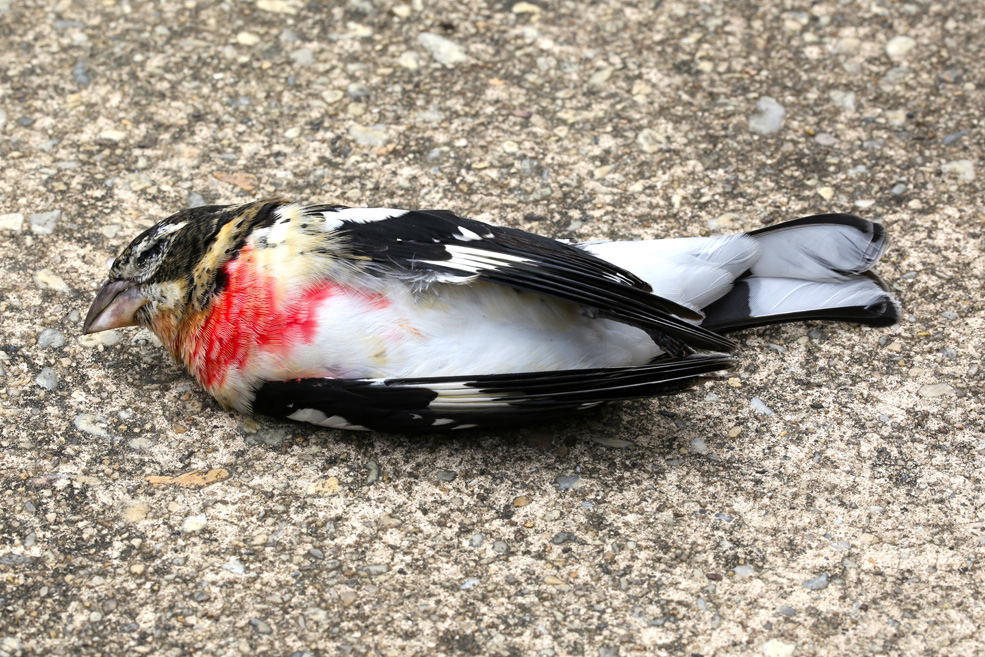
"I was picking the birds up in the morning and I had an emotional response so I wanted to honor the loss," she said. The result was a series of photographs inspired by 19th century postmortem portraiture.
Now, a selection of Parks' fallen bird portraits are on display at The Baltimore Museum of Art, through April 6, as part of the Baker Artist Awards 2014.
Parks is also giving talks to raise awareness of bird deaths by collision with buildings. "The impulse is to capture the beauty of the birds and to educate people," she said.
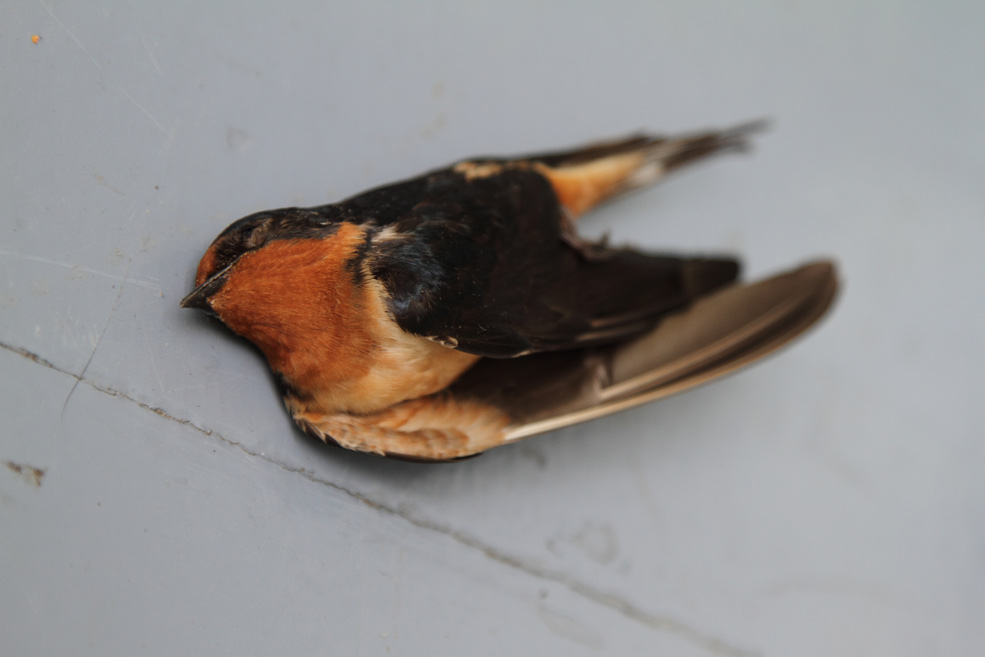
Amy Kraft is a print and radio reporter based in New York. She reports on science and the environment for publications including Scientific American, Discover, Popular Science, Psychology Today, and Distillations, a podcast out of the Chemical Heritage Foundation. She is currently working on a book of humor essays. You can check out more of her writing on her blog Jaded Bride.
-
 Could Trump run for a third term?
Could Trump run for a third term?The Explainer Constitutional amendment limits US presidents to two terms, but Trump diehards claim there is a loophole
-
 Political cartoons for November 28
Political cartoons for November 28Cartoons Friday's political cartoons include economic diagnosis, climate distractions, and more
-
 What does the fall in net migration mean for the UK?
What does the fall in net migration mean for the UK?Today’s Big Question With Labour and the Tories trying to ‘claim credit’ for lower figures, the ‘underlying picture is far less clear-cut’